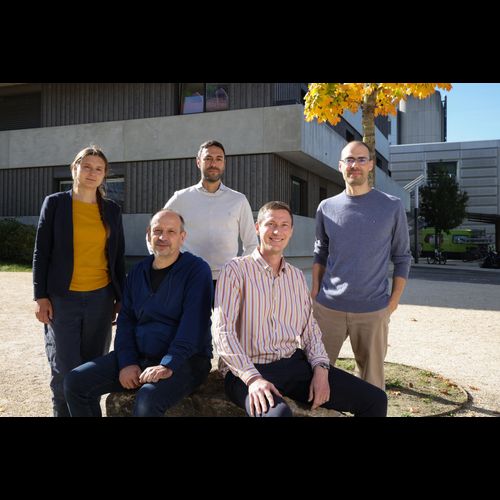
A common gene variant for the protein aquaporin-1 reduces the number of water channels in the cell membranes. This reduces water transport and increases the risk of death in patients treated with peritoneal dialysis for kidney failure. This is why specific osmotic solutions should be used in those affected with this gene variant, as an international research team led by the University of Zurich shows.
The human kidneys clean around 1,500 liters of blood every day by producing around one to two liters of urine. The body gets rid of excess water, toxic waste products of the metabolism or drugs and maintains the balance of water and minerals in the tissue. Up to 10 percent of people worldwide are affected by kidney failure - and the trend is rising. While waiting for a kidney transplant, patients with chronic kidney failure must be regularly treated with dialysis, which cleanses the body of fluids and harmful substances. Peritoneal dialysis is becoming increasingly popular because it can be performed at home with a minimum of medical and technical assistance.
Common variant of the water transporter gene increases the risk of death
An international research team led by the University of Zurich (UZH) has now identified a common variant of the AQP1 gene that contains the construction instructions for the aquaporin-1 water channel. This protein has a significant impact on the effectiveness of dialysis and the survival of those affected. “The identification of this common gene variant is a major step towards precision medicine in dialysis treatment. It changes aquaporin-1 production and is associated with a higher risk of death and treatment failure,”says Olivier Devuyst, who is responsible for the study, from the UZH Institute of Physiology. "The gene variant influences the treatment outcome and the choice of therapy modalities for kidney failure," he adds.
The effectiveness of dialysis depends on how well it removes excess water, restores the body's normal fluid status, and eliminates waste. In peritoneal dialysis, an osmotic solution is filled into the peritoneum cavity, which drains the water primarily through the aquaporin-1 channels - the body's own sewage system, so to speak. In previous studies, Oliver Devuyst's group was able to show that aquaporin-1 is abundant in the cells that line the capillaries of the peritoneum. There, the proteins are responsible for the rapid osmotic transport of water through the cell membranes and for almost half of the water withdrawal during dialysis, known as ultrafiltration.
Reference link:https://www.media.uzh.ch/de/medienmitteilungen/2021/Dialysepatienten.html